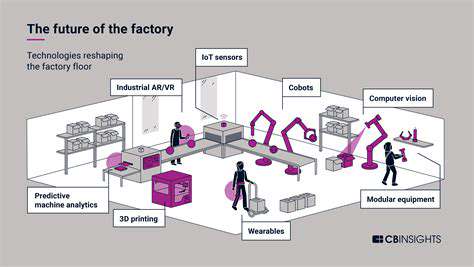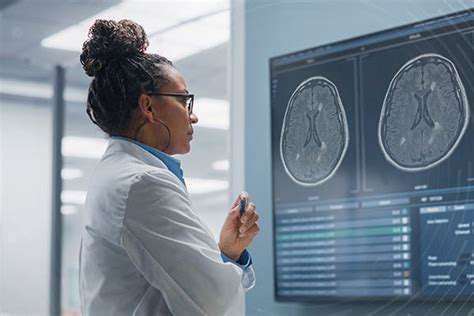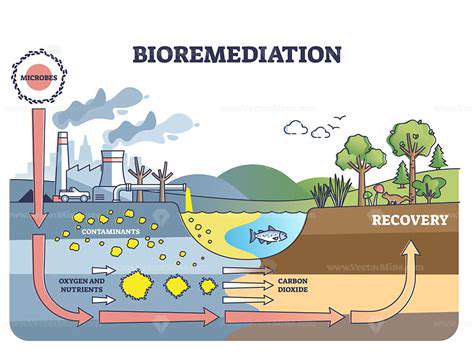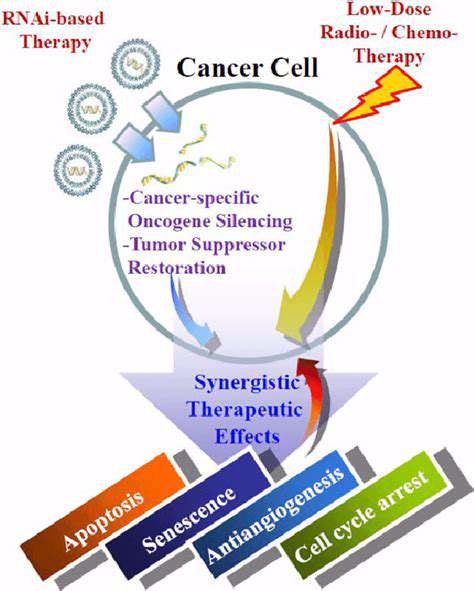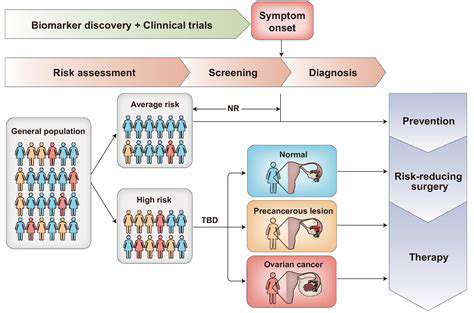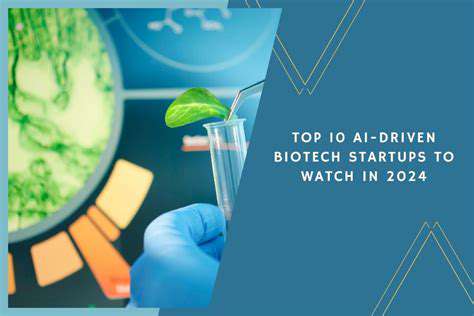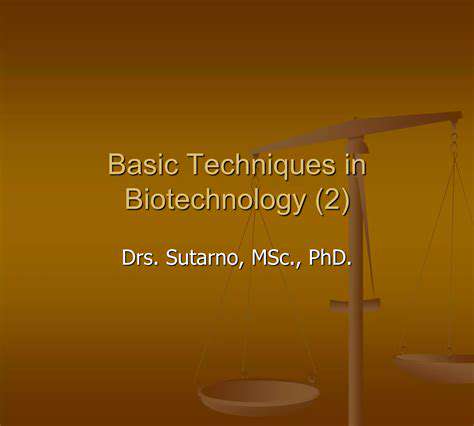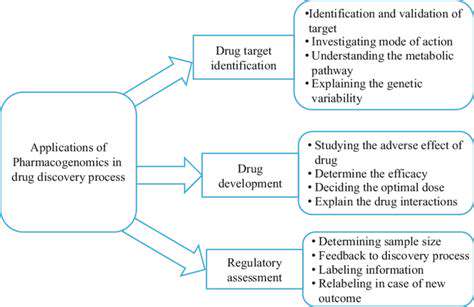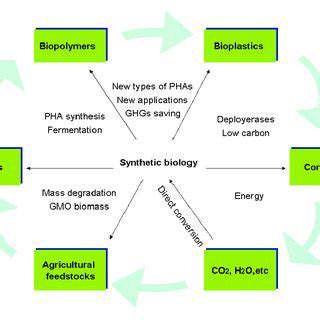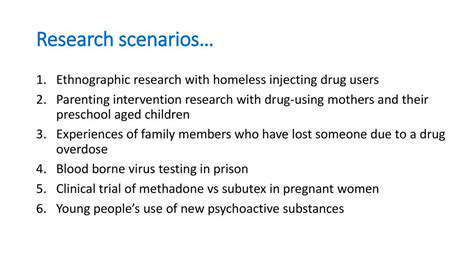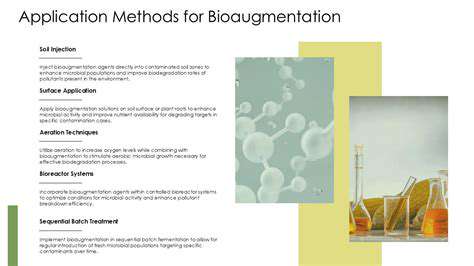
Bioaugmentation: Enhancing Microbial Communities
Bioaugmentation involves introducing specific microorganisms into contaminated environments to enhance the biodegradation process. These microorganisms are often genetically engineered or selected for their ability to effectively metabolize the pollutants. This method can significantly accelerate the breakdown of harmful substances, especially when the indigenous microbial population is deficient or incapable of handling the specific contaminants present. It's crucial to ensure the introduced microorganisms are safe and won't cause unintended ecological consequences.
The selection of appropriate microorganisms is paramount to the success of this technique. Researchers carefully screen for strains with high efficiency in degrading the target contaminant. Factors such as the specific chemical structure of the pollutant and the environmental conditions (pH, temperature, oxygen availability) must be considered during this process.
Biostimulation: Stimulating Existing Microbes
Biostimulation, on the other hand, focuses on encouraging the growth and activity of existing microorganisms in the contaminated site. It involves enhancing the environmental conditions to promote the growth of naturally occurring, indigenous microorganisms. These techniques often include the addition of nutrients like nitrogen and phosphorus, which can stimulate the microbial population's metabolism and enhance their degradation capabilities. This is a more environmentally friendly approach since it relies on existing microbial communities.
Nutrient Addition in Biostimulation
Adding essential nutrients to the contaminated soil or water is a key component of biostimulation. The addition of nutrients like nitrogen and phosphorus can significantly boost the metabolic activity of microorganisms, leading to faster breakdown of pollutants. The specific nutrients required depend greatly on the local microbial community and the type of pollutants present. Careful consideration of nutrient ratios is crucial to avoid stimulating unwanted microbial growth or disrupting the delicate ecological balance.
Environmental Factors Affecting Bioremediation
Several environmental factors play a critical role in the effectiveness of both bioaugmentation and biostimulation. Temperature, pH, oxygen availability, and the presence of inhibiting substances directly influence the activity of microorganisms. Understanding these factors allows for the optimization of bioremediation strategies. Adjusting these conditions can either enhance or hinder the biodegradation process.
Comparing Bioaugmentation and Biostimulation
While both bioaugmentation and biostimulation aim to enhance bioremediation, they differ significantly in their approach. Bioaugmentation introduces new microbes, whereas biostimulation encourages the growth of existing ones. The choice between the two methods depends on the specific contamination, the characteristics of the contaminated site, and the available resources. Bioaugmentation often offers faster results for certain contaminants, but biostimulation is generally considered less risky from an environmental perspective.
Cost and Practical Considerations
The cost associated with bioaugmentation and biostimulation can vary depending on the complexity of the project and the specific techniques employed. Factors such as the cost of obtaining and introducing microorganisms, nutrient supplies, and monitoring procedures influence the overall cost. The practical application of these techniques also requires careful site assessment and careful monitoring of the process to ensure its effectiveness and safety. Careful planning and execution are essential for successful bioremediation projects.
Monitoring and Evaluation of Bioremediation
Monitoring the effectiveness of bioremediation is crucial for ensuring the success of the project. Regular sampling and analysis of the contaminated site are essential to track the levels of pollutants over time. Monitoring the microbial community's response to the treatment is also vital. This data helps evaluate the effectiveness of the bioremediation approach and identify any necessary adjustments to the strategy. Detailed data collection provides crucial insights for optimizing future bioremediation efforts.
Streamlining operations often involves automating repetitive tasks, freeing up valuable employee time for more strategic initiatives. This automation can range from simple data entry processes to more complex workflows. By automating these mundane tasks, companies can significantly increase efficiency and reduce errors, which in turn leads to cost savings and improved productivity. Automating these tasks can lead to a significant boost in overall operational efficiency.
Bioremediation in Different Environmental Contexts
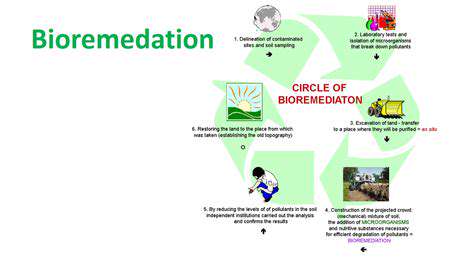
Bioremediation in Soil
Soil bioremediation utilizes naturally occurring microorganisms to break down or transform contaminants in the soil. This approach is often more environmentally friendly and cost-effective than physical removal methods, particularly for widespread contamination. The process relies on the diverse microbial communities already present in the soil, often enhancing their activity through the addition of nutrients or electron donors. This can be a slower process compared to other methods, but it can be more sustainable in the long run as it avoids the need for large-scale removal and disposal of contaminated materials.
Various types of pollutants can be targeted, including hydrocarbons, pesticides, and heavy metals. The specific microorganisms used are carefully selected based on their ability to degrade the particular contaminant. Factors such as soil pH, moisture content, and temperature influence the effectiveness of bioremediation, and careful monitoring is crucial throughout the process to ensure its success.
Bioremediation in Water
Water bioremediation leverages microorganisms to remove pollutants from water sources. This method is particularly effective for organic contaminants and can be a sustainable alternative to traditional treatment methods. The process can involve the addition of nutrients to stimulate microbial activity or the creation of specific environments favorable to the growth of contaminant-degrading microorganisms.
Different types of water bodies require different approaches. For instance, treating contaminated surface water may involve the use of constructed wetlands or lagoons, while groundwater remediation might necessitate injecting nutrients or other amendments directly into the aquifer. Careful consideration of the specific characteristics of the water body is crucial to ensure successful bioremediation.
Bioremediation in Groundwater
Groundwater bioremediation focuses on the remediation of contaminated groundwater. This is often a complex process because of the slow movement of groundwater and the potential for the contamination to spread. It requires a deep understanding of the hydrogeology and the specific nature of the contamination.
Different techniques, such as in situ bioaugmentation and biostimulation, can be employed, each tailored to the specific contamination. Monitoring is crucial to assess the effectiveness of the bioremediation process and to make any necessary adjustments. The long-term effectiveness and potential for groundwater contamination resurgence must also be carefully assessed.
Bioremediation of Industrial Waste
Industrial waste often contains a complex mixture of pollutants, making bioremediation a valuable tool for cleanup. This approach can be tailored to target specific contaminants in the industrial waste. Different industrial processes generate different types of waste, so the specific microorganisms and conditions must be carefully selected to effectively address the contamination.
Advantages of Bioremediation
Bioremediation offers several advantages over traditional methods. It is often less expensive, especially for large-scale contamination. It's also environmentally friendly as it avoids the need for harmful chemicals and often minimizes the need for large-scale excavation and disposal of contaminated materials. It can be effective for a wide range of contaminants, and the microorganisms used are usually naturally occurring, minimizing the risk of introducing new pollutants.
The process can be tailored to specific environmental conditions, making it adaptable to various contaminated sites. Furthermore, it can often result in a more complete and permanent cleanup than other methods.
Challenges in Bioremediation
Despite its advantages, bioremediation faces certain challenges. One significant hurdle is the complexity of microbial communities and the need for specific microbial populations to effectively degrade the contaminants. The effectiveness of the process can be influenced by environmental factors, making it crucial to carefully assess soil characteristics, water quality, and other environmental conditions.
The long-term effectiveness of bioremediation must also be carefully considered, as the potential for contaminant resurgence or incomplete degradation exists. This highlights the importance of long-term monitoring and careful planning to maximize the success of bioremediation projects.
